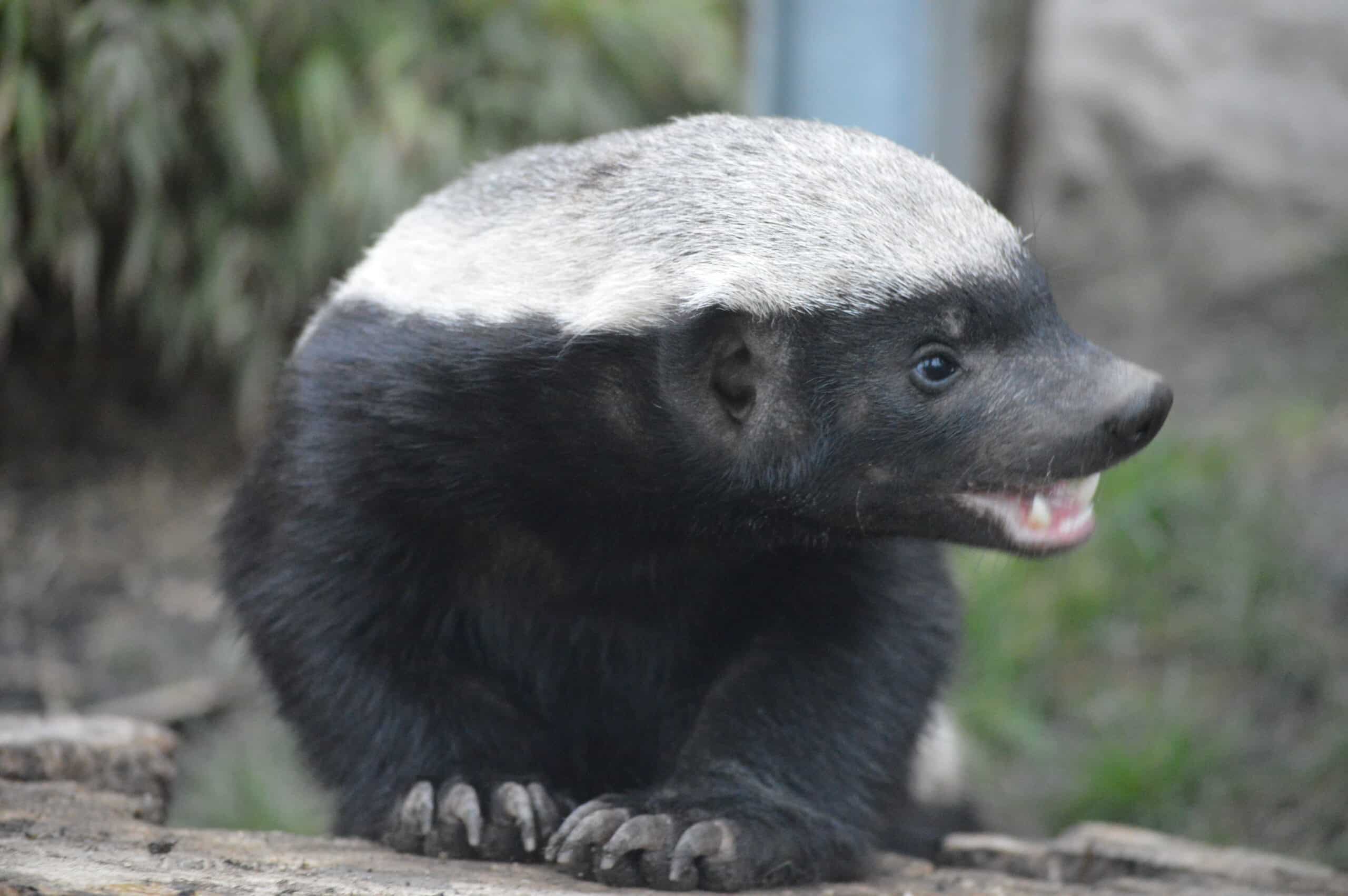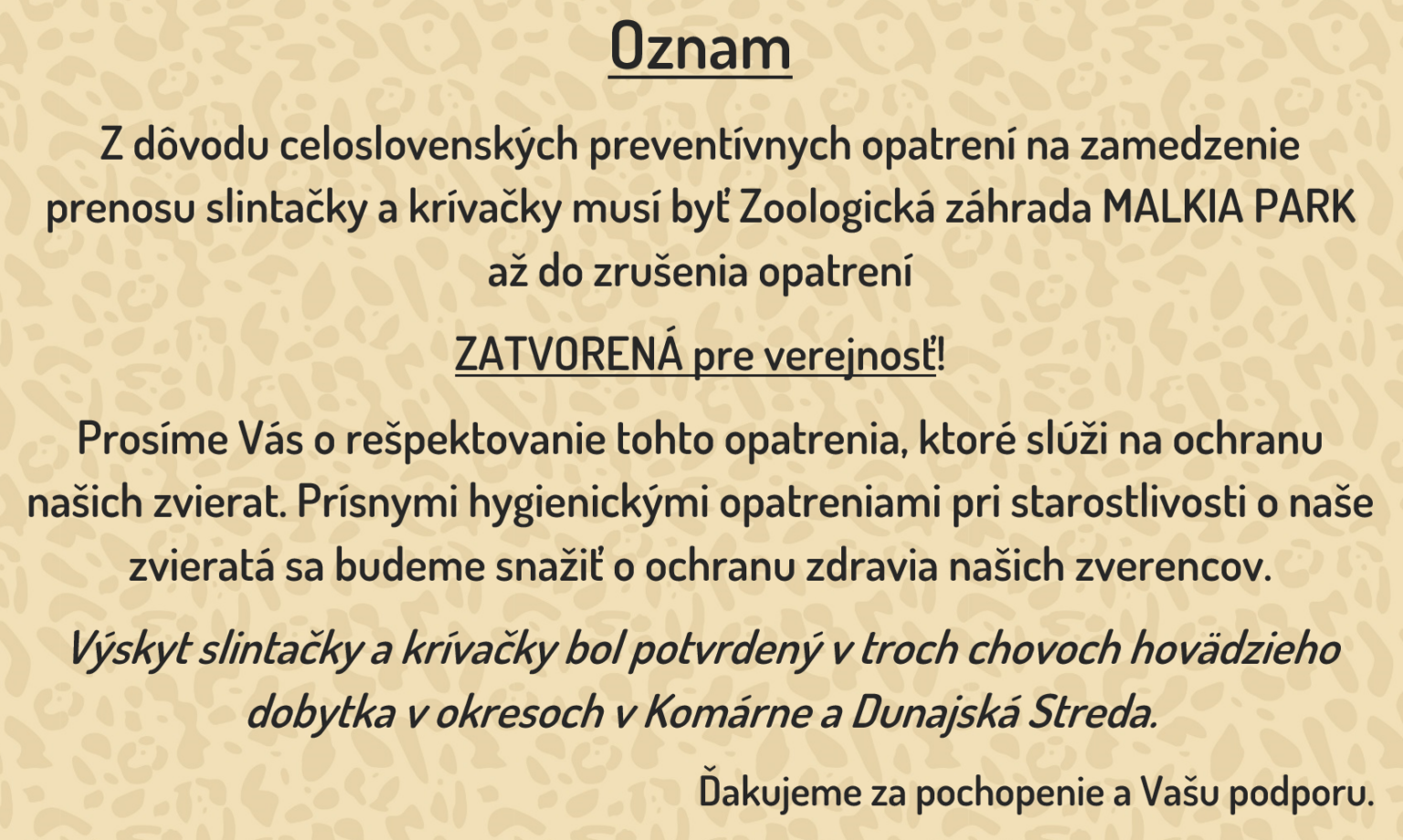It has two-tone black and white fur. The fur on the back of the honey badger is almost white, on the underside of the body almost black. This creates a striking colour contrast which, in the wild, warns the enemy not to approach the honey badger. It has a relatively small head and broad powerful paws equipped with long claws, which it uses both for digging and as a weapon.
It is said that if you catch it, it can turn inside its skin. While this is an exaggerated claim, its skin is actually very loose, so it cannot, for example, be safely grasped by the skin on its neck like other weasel-like beasts.
Some scientists believe that the similarity in coat colouration between honey badgers’ young and cheetahs evolved in cheetahs as a kind of mimicry, that is, camouflage from predators.
It lives a predominantly nocturnal and nomadic life. In areas where it feels safe, it comes out of its burrow during the day. If it digs the burrow itself, it can reach a length of up to 13 metres and extends to a depth of 1.5 metres.
It is primarily a solitary animal, but older studies have also recorded it living in pairs. The female takes care of raising the young alone for 12 to 16 months.
The Latin name “Mellivora” is formed from the Latin words “mel” (honey) and “voro” (devour, gobble, gulping down food).
The honey badger is a very strong and aggressive animal for its size. There have also been cases where they have attacked people or cars.
Because of its behaviour towards large mammals, the honey badger has earned a reputation as the fiercest and most fearless animal.
Thanks to its speed, strength, and extreme resistance to poisons
(it is able to survive the bite of a puff adder) it also hunts strongly venomous snakes such as vipers and even cobras.
Honey and bee larvae are a delicacy for it. It is assisted in its search for honey by a bird, the greater honeyguide, which eats the larvae and wax of the bees.
It guides the honey badger to the hive and waits for the honey badger to break the nest. When it has had its fill of honey and larvae, it leaves the rest to the honeyguide.
It digs similar “wells” as elephants.


